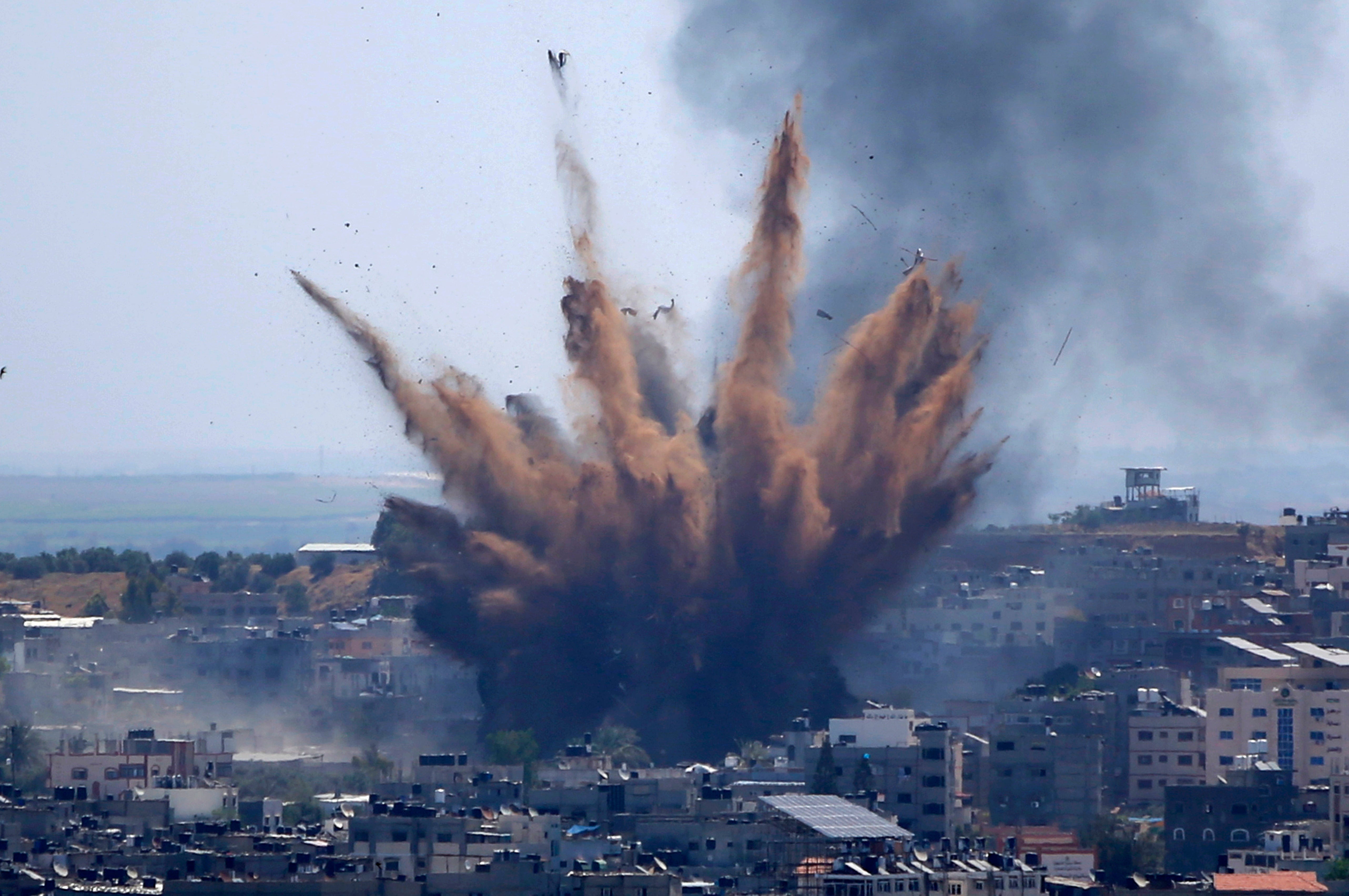AP PHOTOS: Fear and grief grip Gaza anew amid familiar glare

Your support helps us to tell the story
From reproductive rights to climate change to Big Tech, The Independent is on the ground when the story is developing. Whether it's investigating the financials of Elon Musk's pro-Trump PAC or producing our latest documentary, 'The A Word', which shines a light on the American women fighting for reproductive rights, we know how important it is to parse out the facts from the messaging.
At such a critical moment in US history, we need reporters on the ground. Your donation allows us to keep sending journalists to speak to both sides of the story.
The Independent is trusted by Americans across the entire political spectrum. And unlike many other quality news outlets, we choose not to lock Americans out of our reporting and analysis with paywalls. We believe quality journalism should be available to everyone, paid for by those who can afford it.
Your support makes all the difference.To the outside world, the scenes of rocket fire, bombing raids and angry protests in the Middle East this week may have looked familiar. To the people of Israel and especially the Gaza Strip, they were anything but routine.
Families once again fled or found themselves homeless, anguished parents mourned dead children and journalists evacuated offices before they were destroyed as the Islamic militant group Hamas and the Israeli military sought to inflict as much damage on the other as they could this week - before the fighting intensified further or they were pressured into a cease-fire.
The Gaza side, which is controlled by Hamas, absorbed the overwhelming brunt of the death toll: 145 people, including 41 children and 23 women, as of Saturday night, according to the Health Ministry of the narrow, crowded territory where 2 million Palestinians live. Those killed included a family of six on Friday and 10 members of the same family on Saturday.
In Israel, where cities with mixed Arab and Jewish populations have seen nightly communal violence, eight people have died, including two children. The regional director for UNICEF reported Saturday that half of the children killed in Gaza were under 10, while dozens of other Palestinian children were wounded in the West Bank and east Jerusalem.
“The scale of violence is massive. Children are bearing the brunt of this escalation,” UNICEF regional director Ted Chaiban said. “All sides need to step back and end the violence.”
The violence sparked in Jerusalem a month ago amid Israeli police actions at the city's Al-Aqsa Mosque, a frequent flashpoint built on a hilltop compound that is revered by both Jews and Muslims. Tensions built in east Jerusalem earlier this month when Palestinians protested attempts by settlers to forcibly evict a number of families from their homes.
Starting late last Monday, Hamas fired rockets toward Jerusalem in an apparent attempt to present itself as the champion of the protesters. Israel retorted with aerial bombardments, and then deployed tanks and warplanes as the militant group fired hundreds of rockets across the border.
The spiraling violence has raised fears of a new Palestinian “intifada,” or uprising: Across the West Bank, Palestinians held their most widespread protests since 2017, with hundreds in at least nine towns burning tires and throwing stones at Israeli troops, who fired back with their weapons.
As the U.N. Security Council prepared to discuss the situation Sunday, the Israel Defense Forces set their sights on a new target. An Israeli air strike on Saturday afternoon targeted and destroyed a 12-story building housing the Gaza offices of The Associated Press, broadcaster Al-Jazeera and other news outlets.
The bombing disrupted international coverage of the ongoing conflict, an outcome that some media organizations suspected was deliberate.